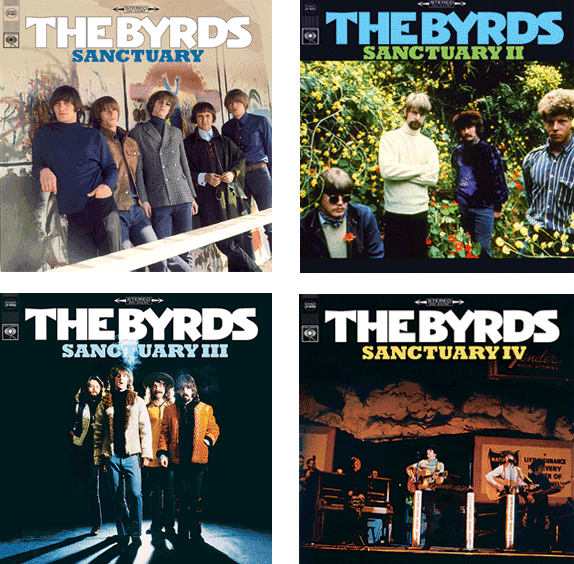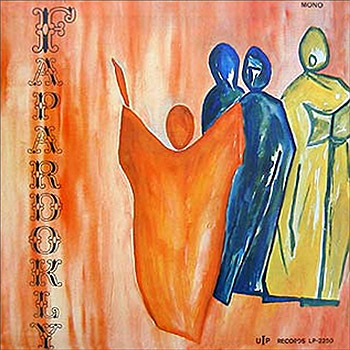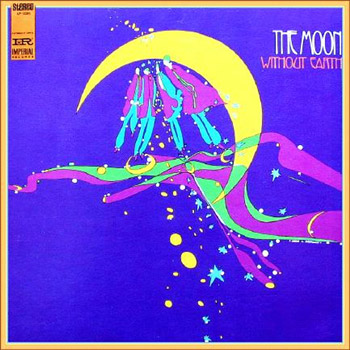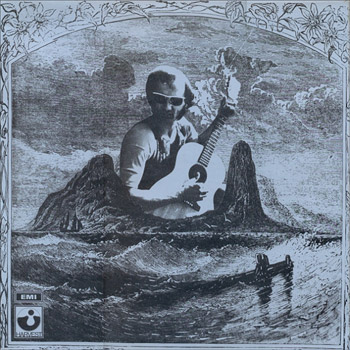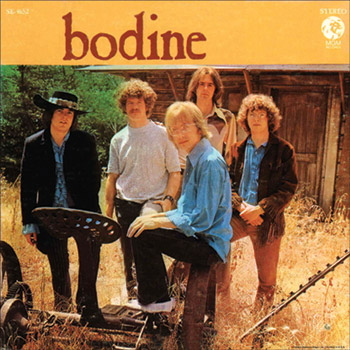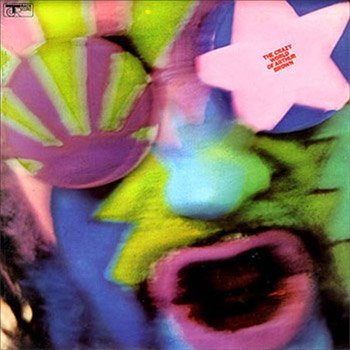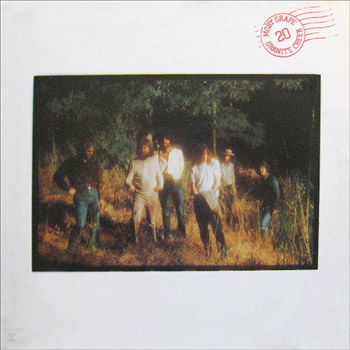Stone Country “Stone Country”
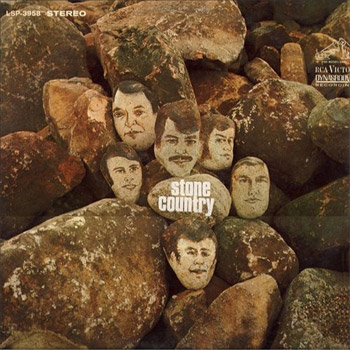
Stone Country’s only album contains some of Steve Young’s earliest known recordings. RCA released this strange melange of psychedelia, country, soft-pop and jangly folk-rock back in 1968. This record is by no means a cohesive effort as it sounds like the work of 5 different groups. At first I wasn’t so sure about the album but multiple listens reveal a good record with very solid performances. So while the album itself might not gel together as a finished product, about 90% of the songs are strong and hold up well individually.
Stone Country were a Los Angeles CA sextet that only existed for a little less than 2 years. Steve Young had headed out to LA from Alabama in 1963, looking to secure a recording contract. The group was founded in 1967 when the management company of Denny Bond and Ken Mansfield were in the beginning stages of putting together a new group that would combine elements of both country and rock n roll. Steve Young was chosen as lead guitarist and vocalist while the rest of the group’s lineup looked something like this: banjo player Don Beck, vocalist and rhythm guitarist Doug Brooks, drummer Dennis Conway, vocalist and bassist Dann Barry, and guitarist Richard Lockmiller.
The album, while not a lost classic is very solid and thoroughly enjoyable. It was clear from the beginning that Young was the group’s most distinctive songwriter and vocalist. Magnolias, a Young original, was one of the lp’s highlights and a unique mixture of Southern soul and swamp rock that only he could deliver – a very gritty vocal performance too. Woman Don’t You Weep was more of the same, another good Young roots rocker with a driving beat and an attractive string arrangement. Two raga rock gems, Love Psalm and Mantra have nice fuzz guitar work and could easily fit in on the Byrds classic Notorious Byrd Brothers lp. Other tracks hit more of an Association soft-pop sound (‘Lizabeth Peach and Everywhere I Turn – both very good) while Why Baby Why (a George Jones cover) and Life Stands Daring Me show off the group’s country roots. The latter is a particularly imaginative slice of psychedelic country-rock with its soaring vocals, glittering guitars and wild banjo picking. Stone Country’s only mistake was including Angelica, a horrible bland pop number that had no business being on the lp.
Rev-Ola just recently reissued Stone Country for the first time on cd. Stone Country hits all the right bases that were common in 60’s American rock music: psychedelia, country-rock, folk, blues, airtight harmonies, adventurous arrangements, and great musicianship. This record is well worth a spin.
“Magnolias”
![]() CD Reissue | 2007 | Revola | buy from revola | amazon
CD Reissue | 2007 | Revola | buy from revola | amazon ]
![]() Original Vinyl | 1968 | RCA | search ebay ]
Original Vinyl | 1968 | RCA | search ebay ]
